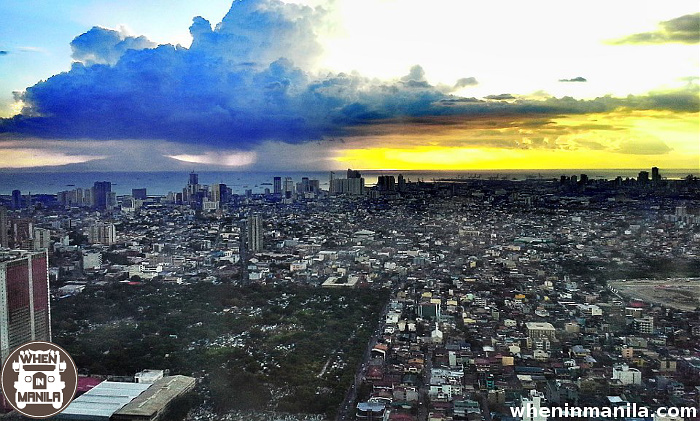Most people simply put down the thunderstorms and torrential rain showers that frequently soak Metro Manila as something that comes with the rainy season. According to a new study, though, the city itself is also greatly influencing the weather it is experiencing.
A team of scientists at the University of Lausanne in Switzerland has conducted a new study that looks closer at the ways in which urban areas influence the weather. In a nutshell, the study called “Spatial Characteristics of Roughness Sublayer Mean Flow and Turbulence Over a Realistic Urban Surface” looked at the way that the heat generated by a city combines with the shape and placement of buildings to result in a direct effect on the weather and climate conditions experienced in the area. The study was done in the comparatively small city of Basel, Switzerland, but the results can be applied to urban areas worldwide.
Cities can be very hot places. Hundreds of thousands of cars, aircon units, industrial installations and many other things emit heat all the time.
Add to this the fact that concrete buildings themselves can also store up heat during the day and radiate it out during the slightly colder night time, and you get a powerful phenomenon that can even drag thunderstorms off course. The new research now looked closer at the way this heat interacts with the spatial layout of buildings within the city. The findings give a better understanding of how buildings channel winds and generate turbulence that can send hot air and pollution hundreds of meters into the atmosphere, actively changing the weather experienced in the city itself. It’s fair to say that places like Metro Manila are literally creating their own weather, but the understanding of this phenomenon has until now been limited.
It turns out that previous mathematical models used to calculate the effect buildings have on a city’s weather were often wildly inaccurate, leading to wrong weather forecasts for example, and this new approach can now be used to better plan cities in the future. Buildings could be positioned in such a way that pollutants are channeled away from the city more effectively, ultimately leading to cooler, cleaner air for urban areas, and more accurate weather forecasts for the people in the area. Until this new approach to urban planning reaches Metro Manila, you can at least take comfort in your new found knowledge that the rain shower soaking you on your way home from work was probably caused by the buildings surrounding you.





